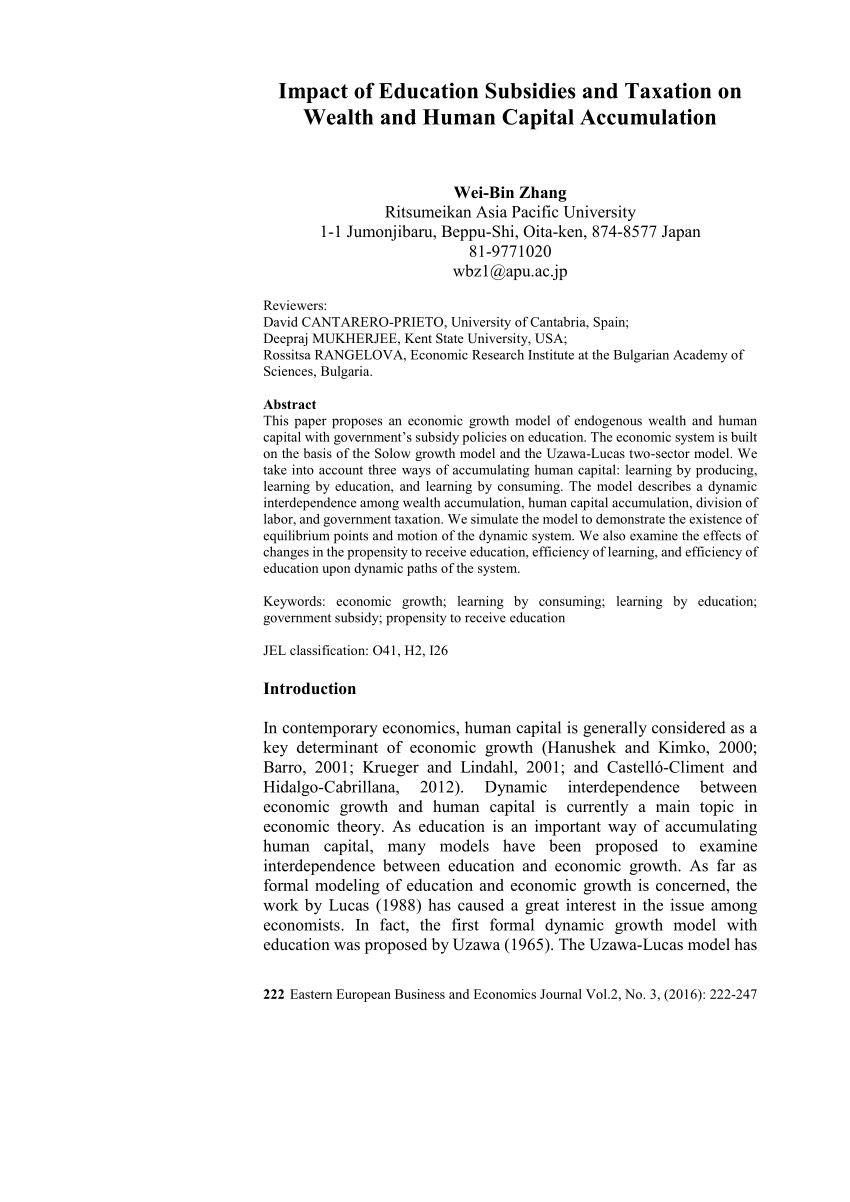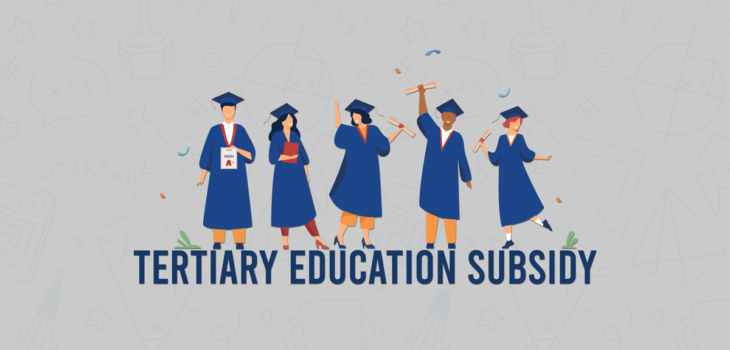In-Kind Education Subsidies: A Closer Look at a Crucial Investment in Human Capital

Introduction
Education is widely regarded as a fundamental component of human development and a crucial driver of economic growth. However, the cost of education can be a significant barrier to access, particularly for low-income households. To address this challenge, governments and organizations around the world have implemented various forms of education subsidies, including in-kind education subsidies. In this article, we will explore what in-kind education subsidies are, how they work, and their potential benefits and limitations.
What are In-Kind Education Subsidies?
In-kind education subsidies refer to the provision of education-related goods and services, rather than cash, to support students and their families. These subsidies can take various forms, including:
- Free uniforms, textbooks, and school supplies
- Meals and snacks for students
- Transportation assistance or free bus passes
- Access to educational technology, such as laptops or tablets
- Free or reduced-cost extracurricular activities
- Health and dental services for students
- Assistance with school fees and other expenses

The primary goal of in-kind education subsidies is to reduce the financial burden on families and ensure that students have access to the resources they need to succeed in school. By providing these subsidies, governments and organizations can help level the playing field and promote greater equity in education.
How do In-Kind Education Subsidies Work?

In-kind education subsidies can be implemented through various channels, including government programs, non-profit organizations, and private sector initiatives. Here are a few examples of how these subsidies can work:
- Government programs: Governments can establish programs to provide in-kind education subsidies to students and their families. For example, a government might launch a program to provide free uniforms and textbooks to all students in public schools.
- Non-profit organizations: Non-profit organizations, such as charities and foundations, can also provide in-kind education subsidies to support students and their families. For example, a non-profit organization might establish a program to provide free meals and snacks to students in low-income communities.
- Private sector initiatives: Private companies and individuals can also provide in-kind education subsidies through various initiatives, such as corporate social responsibility programs or philanthropic donations. For example, a technology company might donate laptops to a local school or provide funding for a program to support educational technology in classrooms.

Benefits of In-Kind Education Subsidies
In-kind education subsidies offer several benefits, including:
- Increased access to education: By reducing the financial burden on families, in-kind education subsidies can help increase access to education for disadvantaged students.
- Improved academic performance: When students have access to the resources they need to succeed in school, they are more likely to perform well academically.
- Reduced poverty: Education is a critical component of economic development, and in-kind education subsidies can help reduce poverty by providing students with the skills and knowledge they need to secure better-paying jobs.
- Health benefits: In-kind education subsidies that provide access to health and dental services can help improve the overall health and well-being of students.
Limitations of In-Kind Education Subsidies
While in-kind education subsidies offer several benefits, they also have some limitations, including:
- Stigma: Some students may feel stigmatized by receiving in-kind education subsidies, particularly if they are perceived as being "poor" or "disadvantaged."
- Limited flexibility: In-kind education subsidies may not provide students with the flexibility they need to make choices about their education. For example, a student who receives a free laptop may not have the option to choose a different device.
- Administrative challenges: Implementing and managing in-kind education subsidies can be administratively challenging, particularly for governments and organizations with limited resources.
- Sustainability: In-kind education subsidies may not be sustainable in the long term, particularly if funding is limited or uncertain.
Case Studies of In-Kind Education Subsidies
Here are a few examples of in-kind education subsidies in action:
- Free Meals for Students in the United States: Many schools in the United States offer free meals to students, particularly those from low-income households. This program has been shown to improve academic performance and reduce poverty.
- Textbook Subsidies in Australia: The Australian government has implemented a program to provide free textbooks to students in public schools. This program has been shown to increase access to education and improve academic performance.
- Uniform Subsidies in India: The Indian government has implemented a program to provide free uniforms to students in public schools. This program has been shown to reduce the financial burden on families and increase access to education.
Conclusion
In-kind education subsidies are an important investment in human capital and can help promote greater equity in education. While these subsidies offer several benefits, they also have some limitations. To maximize their effectiveness, governments and organizations should carefully consider the design and implementation of in-kind education subsidies, including the type of subsidies provided, the target population, and the administrative challenges involved. By providing in-kind education subsidies, we can help ensure that all students have access to the resources they need to succeed in school and beyond.
Recommendations for Policymakers and Practitioners
- Target subsidies to those who need them most: In-kind education subsidies should be targeted to students and families who are most in need, particularly those from low-income households.
- Monitor and evaluate programs: Governments and organizations should regularly monitor and evaluate in-kind education subsidies to ensure they are effective and efficient.
- Consider the administrative challenges: Implementing and managing in-kind education subsidies can be administratively challenging. Governments and organizations should carefully consider these challenges when designing and implementing programs.
- Ensure sustainability: In-kind education subsidies should be designed to be sustainable in the long term, with a clear plan for funding and implementation.
By following these recommendations, policymakers and practitioners can help ensure that in-kind education subsidies are effective in promoting greater equity in education and improving academic performance.